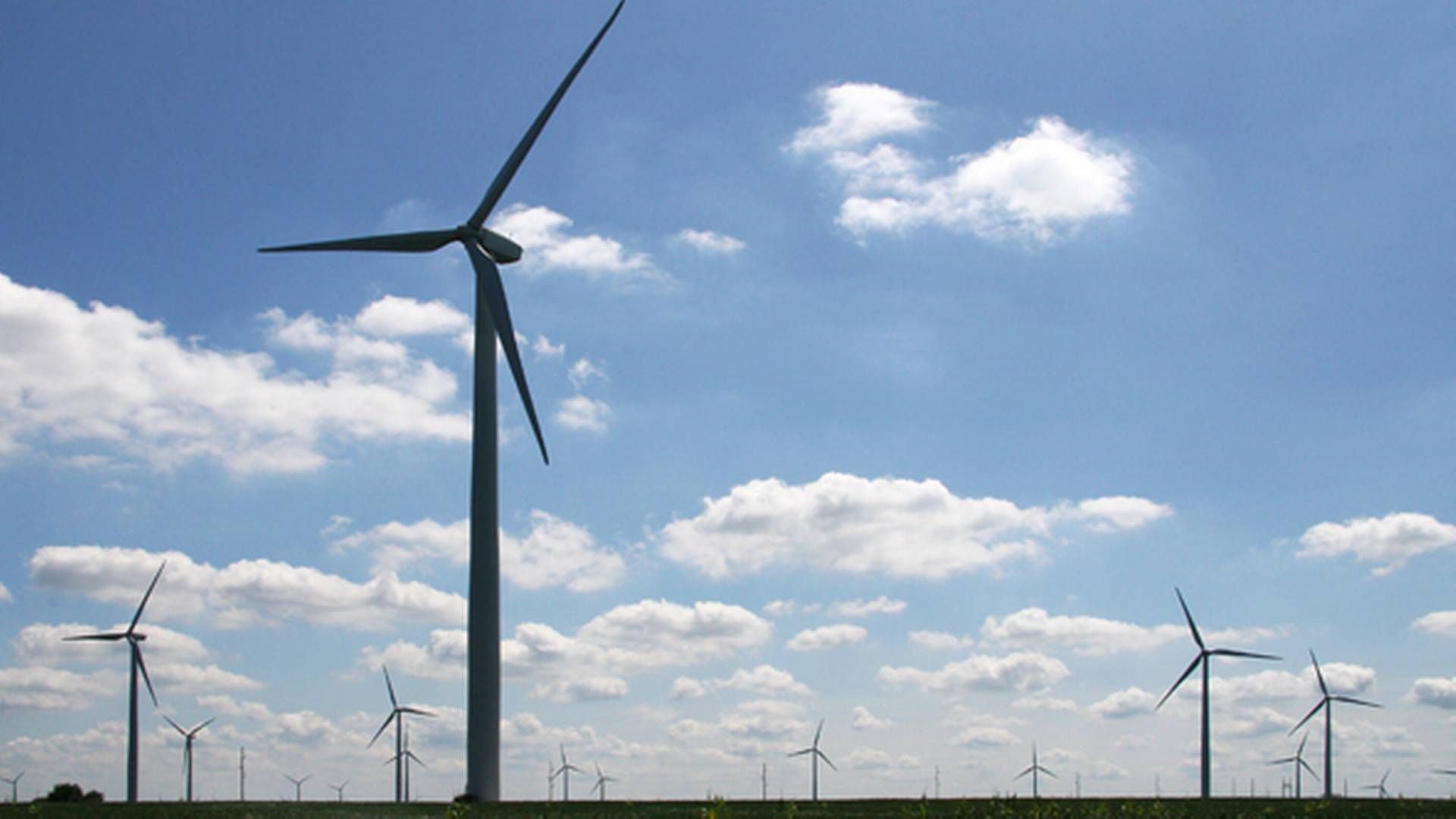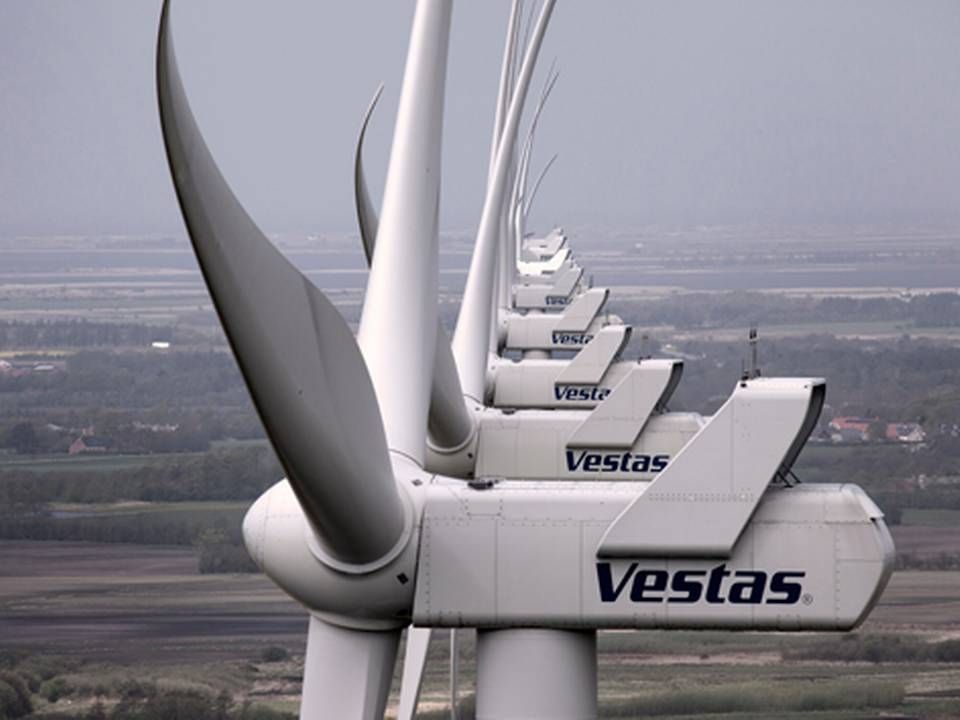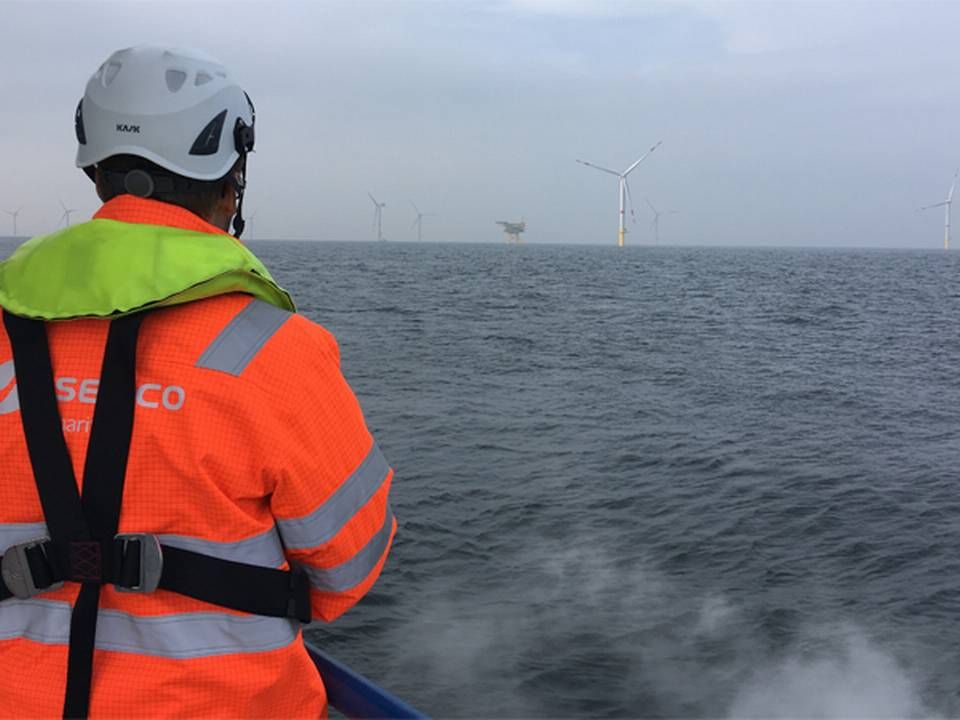US state aims for 100 percent renewable power

NEW YORK
In the mid-1840s, Samuel Kier had a problem. A sticky, foul-smelling liquid was seeping into the salt mines on his farm near the city of Saltsburg in the US state of Pennsylvania. He regularly dumped the sticky substance into a nearby river until an idea came to a him. Maybe the substance could be consumed as a health food?
With limited success using the liquid to treat ulcers and blindness, he finally figured out the best solution around 1850. By distilling the oil, it could be burned and thus be used as a more accessible alternative to the whale oil that was the disruptor of the time in the lighting industry.
Over the next decades, Pennsylvania experienced an oil rush. It was the first of its kind not just in the US, but around the world, as the global oil industry took off. In another region of the US state, a different industry was blooming, as the rock-hard anthracite coal was taken to use to supply populated states such as New York and Philadelphia. This ignited the industrial revolution in the US.
The oil boom saw its de facto end more than a decade later after a tidal wave of opportunists had flooded the market and emptied the deposits. Anthracite proved to be more solid but also started to lose its shine after 1950. And 200 years after the energy boom in Pennsylvania first began, completely different sources of energy are now set for their time to shine.
Politicians from both the US House of Representatives and the Senate have developed a new bill. Chris Rabb in the House and Charles McIlhinney in the Senate have launched a legislative proposal for 100 percent of Pennsylvania's electricity consumption in 2050 to come from renewable sources.
"Clean, renewable energy holds the key to promoting a healthier environment, a stronger economy and a brighter future for future generations," says McIlhinney.
"The first steps in that process are developing a workable, realistic plan to transition to 100 percent renewable energy sources and ensuring our workforce is prepared to face the challenges of the new energy economy."
Pennsylvania is not the first state to propose a green electricity system in 2050. Similar bills are being processed in Massachusetts, Maryland, California, Colorado and Washington, while Hawaii has set this as a dedicated target for 2045.
But there is no guarantee that the proposals will actually result in legislation. The state's Democratic Governor Tom Wolfe has previously been criticized for being too hesitant when it comes to renewable energy. And while Pennsylvania set climate targets early on in 2005, these have not been revisited since, and the only "pure" target is for at least 0.5 percent of the sold electricity on the wholesale market in 2021 to come from solar power.
One aspect worth mentioning about the proposal in Pennsylvania is that McIlhinney is a Republican. So far, this type of bill has always been presented by Democrats, such as Rabb. But the senator is not seeking reelection this year.
If the proposal is passed, Pennsylvania will have to figure out how to harvest the green energy. In the major US wind boom ahead of 2012, Pennsylvania was an active part, but has not erected a single turbine since then. With capacity of 1,369 MW, only 1.7 percent of the energy consumption is covered by wind.
Compared to the major prairie states in the Midwest, Pennsylvania is a less obvious option for wind power. Turbines in the US have started to grow, and FTI wrote last year that the average generator was 2.33 MW, and if the bigger turbines become popular, this could revive the market in the northeastern US.
The state also has a lot of potential for biogas and biomass and even solar power, but faces challenges in offshore wind. While Pennsylvania is larger than most of its neighboring states, it only has a coastline of 225 kilometers. This is located on the banks of Lake Eire, where work is currently being done to install the first pilot farm.
Neighboring states such as Maryland, New Jersey and New York have plans to install many GW over the next decade. In the context of the entire region, opportunities are set to arise.
At any rate, there seems to be bipartisan support. According to a survey presented by environmental organization Sierra Club last month, around 70 percent of the surveyed voters supported a target for 100 percent renewable energy in the state. 85 percent of the Democratic voters and 52 percent of the Republicans.
English Edit: Gretchen Deverell Pedersen
Vestas has squeezed its suppliers and they are feeling the financial hit
Related articles
Canceled energy project costs Semco millions of dollars
For subscribers




















.jpg&w=384&q=75)



